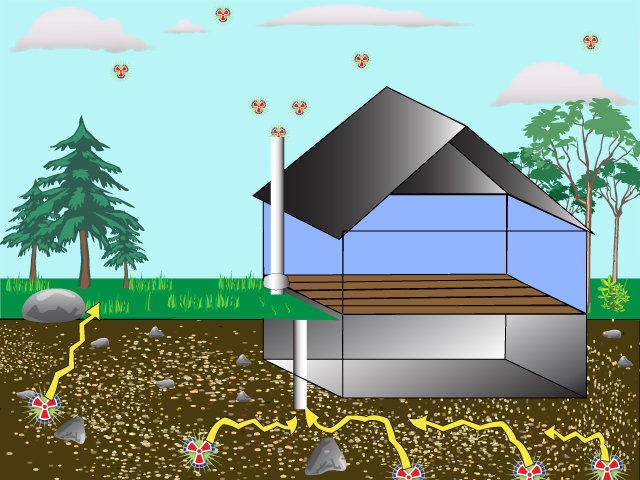What is Radon Gas & Where Does It Come From?
Radon Gas is a naturally occurring radioactive gas that is formed when radium decays in soil. (The source of radium is uranium.) Because Radon is a gas, it can easily seep into your home through cracks in the foundation and directly through masonry or other surfaces. The air pressure inside your home is usually lower than pressure in the soil around your home’s foundation. Because of this pressure difference, your house acts like a vacuum, drawing soil air in.
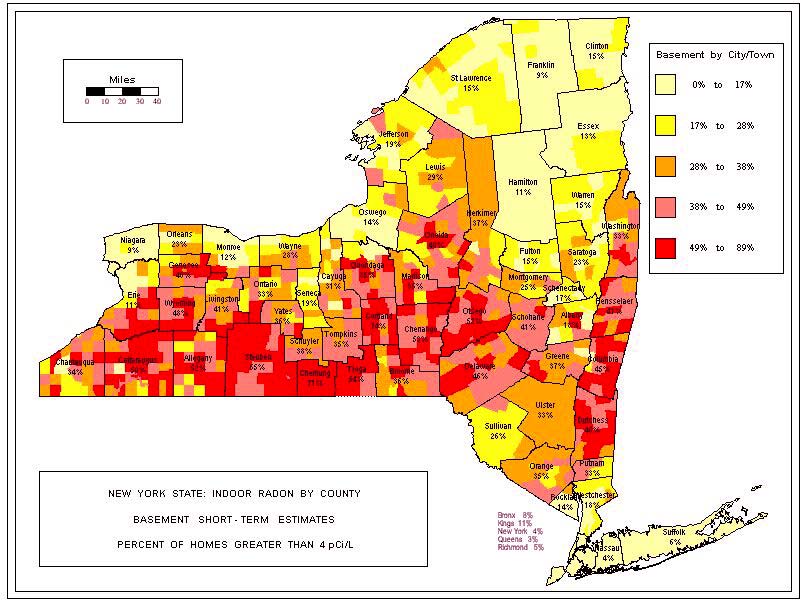
Any Home or Building Can Have a Radon Problem
Radon Gas is found in new and old homes, well-sealed or drafty homes, and homes with or without basements. In other words, every home should be tested for radon. Testing is the only means to determine if you have elevated levels of radon. Radon levels can vary with physical changes to the building and by weather and seasonal factors. EPA recommends a test every two years.
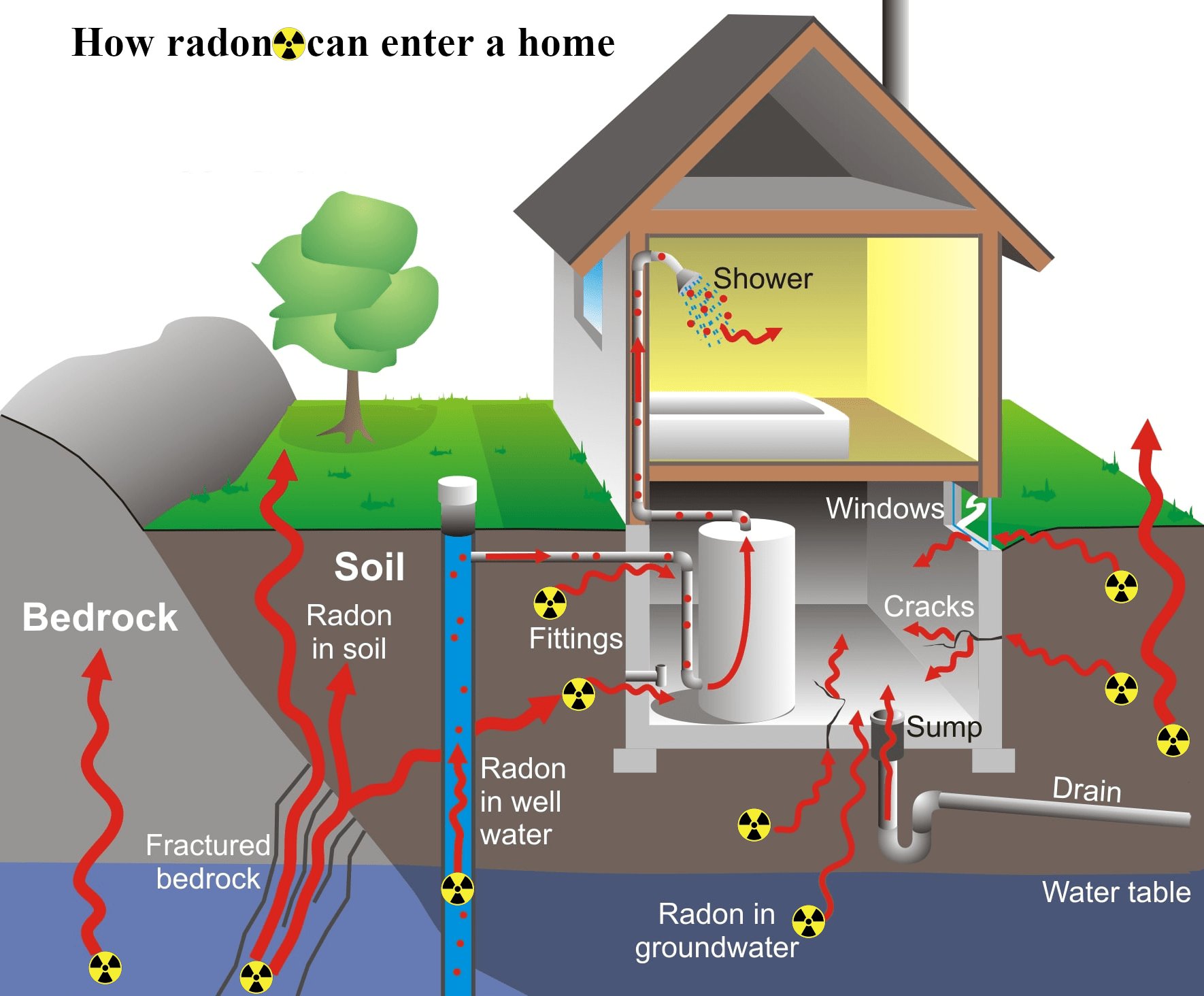
The Health Risks
Radon gas decays into radioactive particles that can become trapped in your lungs when you breathe and which can lead to lung cancer. Smokers are at higher risk of developing Radon-induced lung cancer. The American Lung Association estimates that Radon causes thousands of lung cancer deaths in the United States each year. Radon is the second leading cause of lung cancer in the United States. In 1998, the U.S. Surgeon General recommended that all homes be tested for Radon. Many advisory and regulatory bodies have identified radon gas as a serious health hazard. The EPA has set 4.0 pCi/l as a recommended action level for mitigation and has also specified the range of 2.0 pCi/l to 4.0 pCi/l as the range in which mitigation should be considered. Recently, recommendations for action levels have been lowered by Canada and by the World Health Organization.
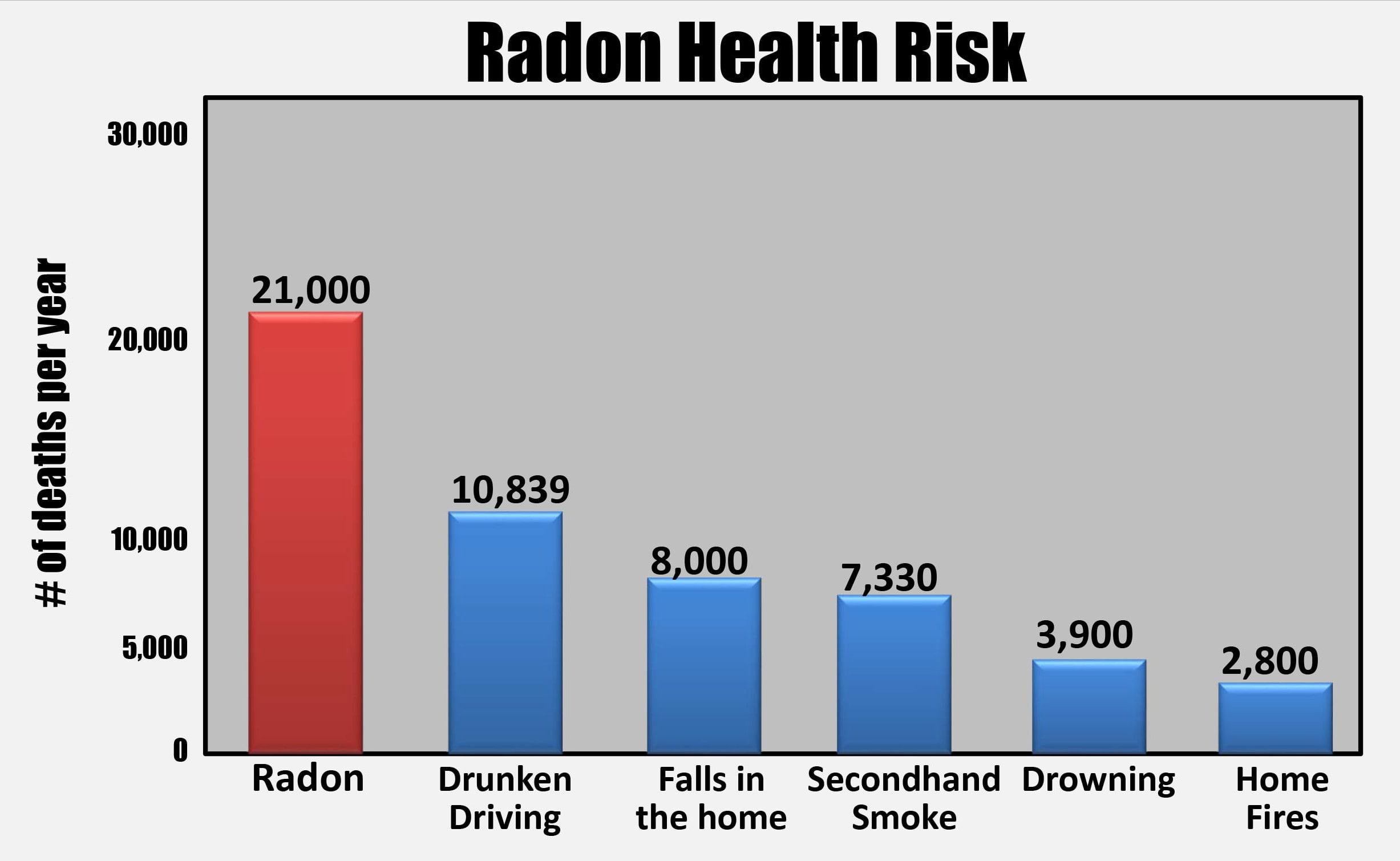
Radon Mitigation Standards
The EPA no longer publishes Radon Mitigation Standard 402-R93-078, which includes information on what constitutes a properly designed and installed Radon Mitigation system. You can view a copy here. The EPA handed off the task of developing a new standard to ASTM. The publication “ASTM E2121 – 09, Standard Practice for Installing Radon Mitigation Systems in Existing Low-Rise Residential Buildings” is a copyrighted document available for purchase that incorporates most of the essential material of the earlier EPA publication. The ASTM document has been criticized for being difficult for the public to access and for containing significant errors. Several radon mitigation industry organizations are currently working to produce a superseding document.
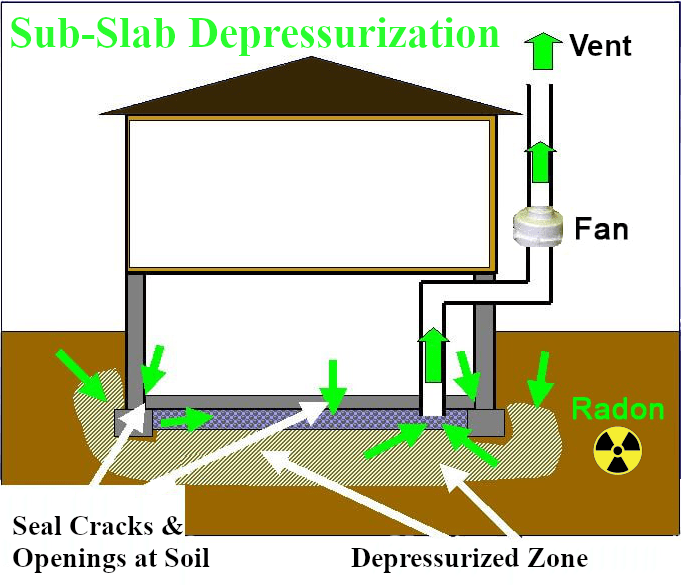
BEFORE RADON MITIGATION
In a typical house prior to radon mitigation, the air pressure in the basement is slightly lower than the air pressure under the basement floor. This pressure differential influences sub-slab vapors to enter the house, through openings, cracks and by diffusion.
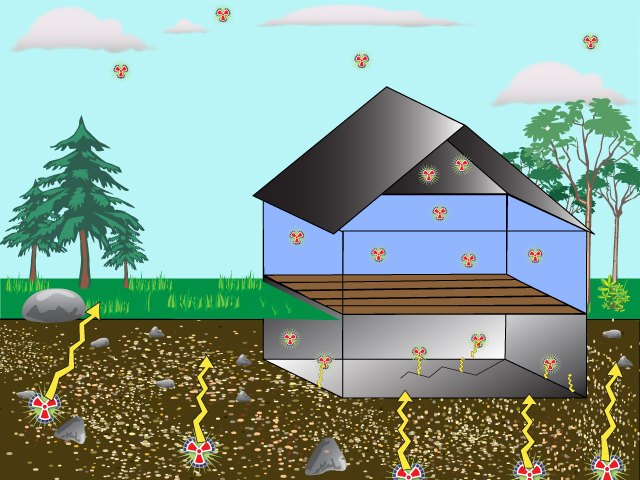
AFTER RADON MITIGATION
After mitigation, the pressure characteristics are reversed. Soil vapor is diverted to the atmosphere. Sealing enhances the performance of the vacuum system.
